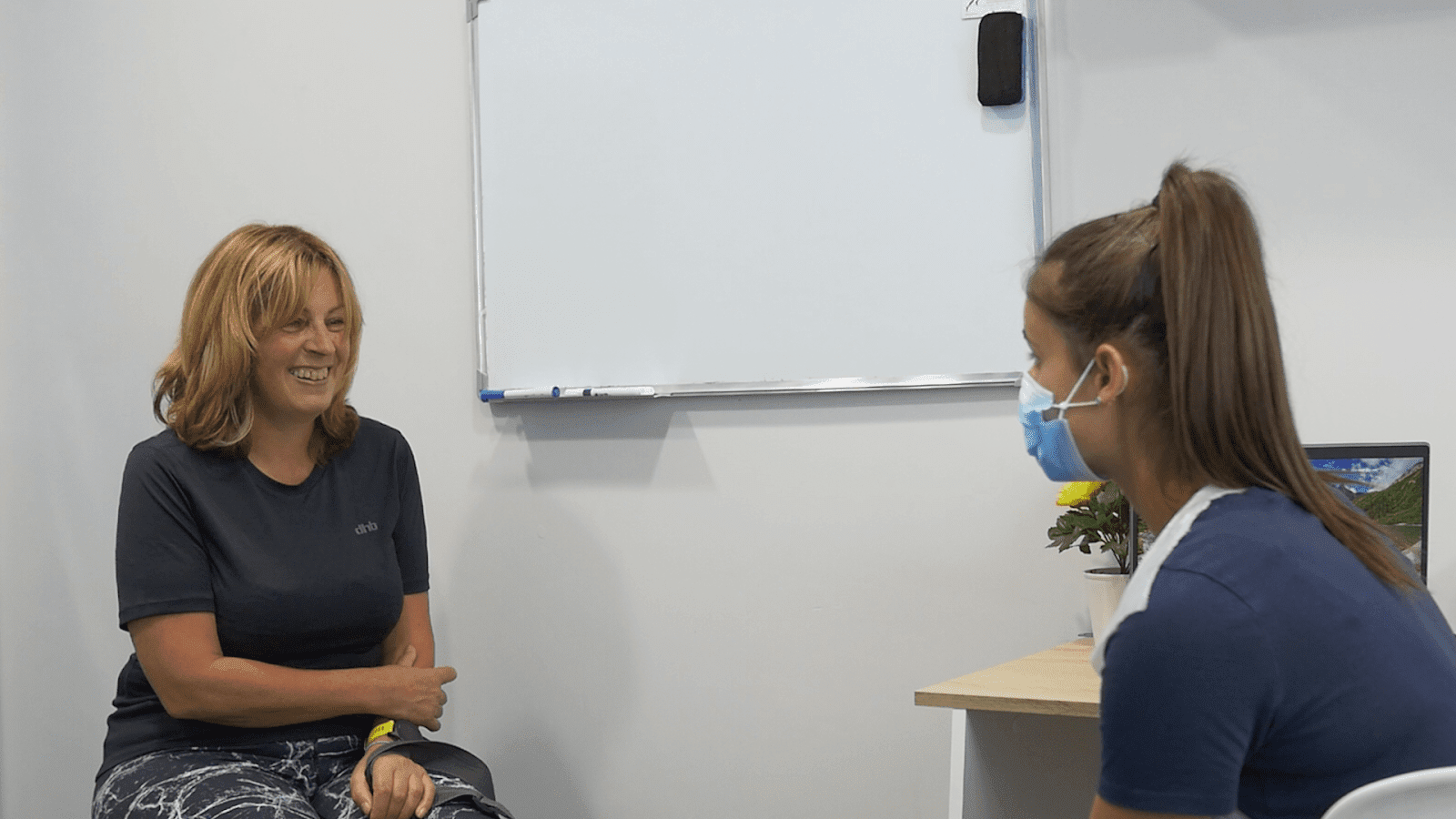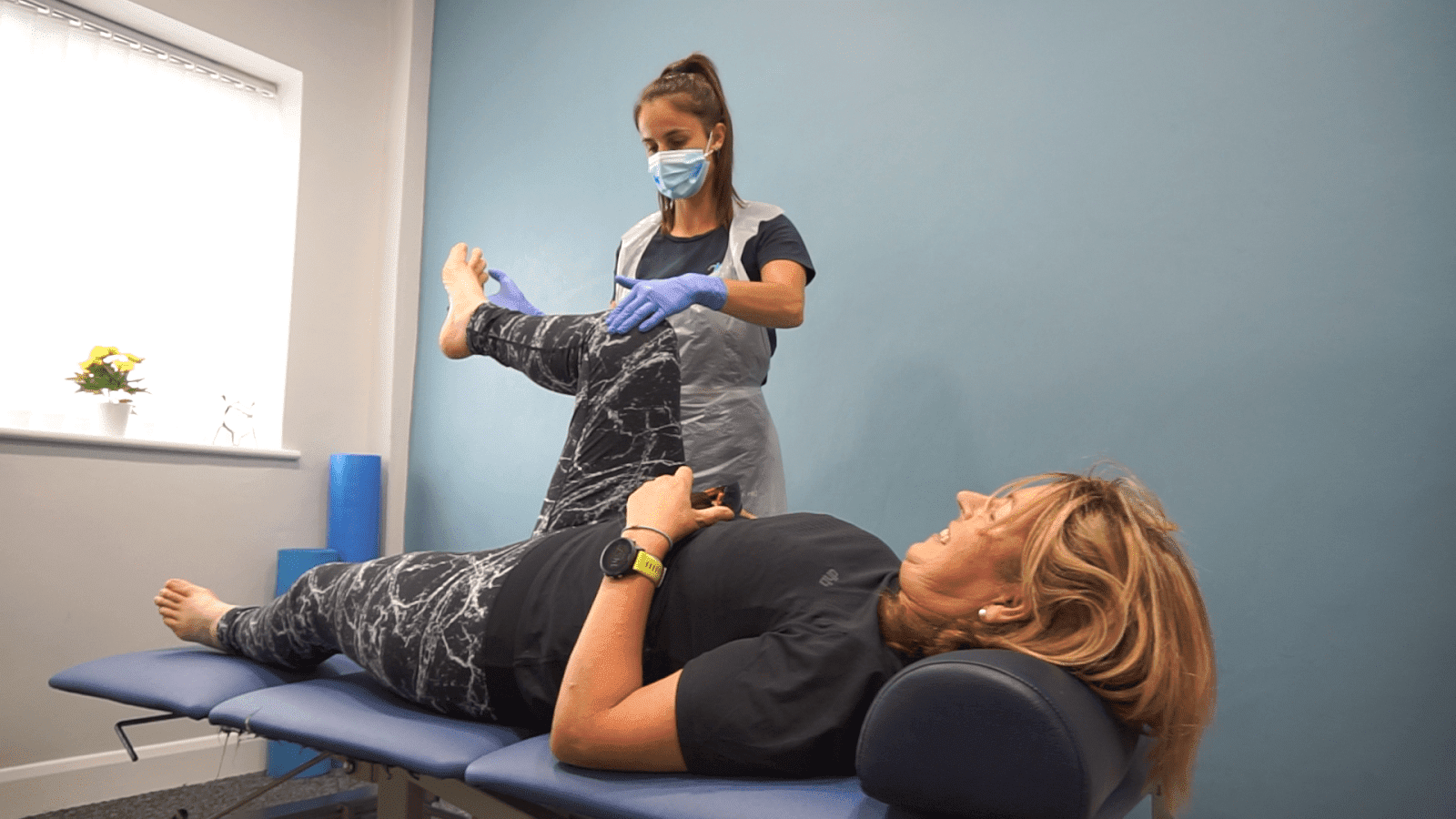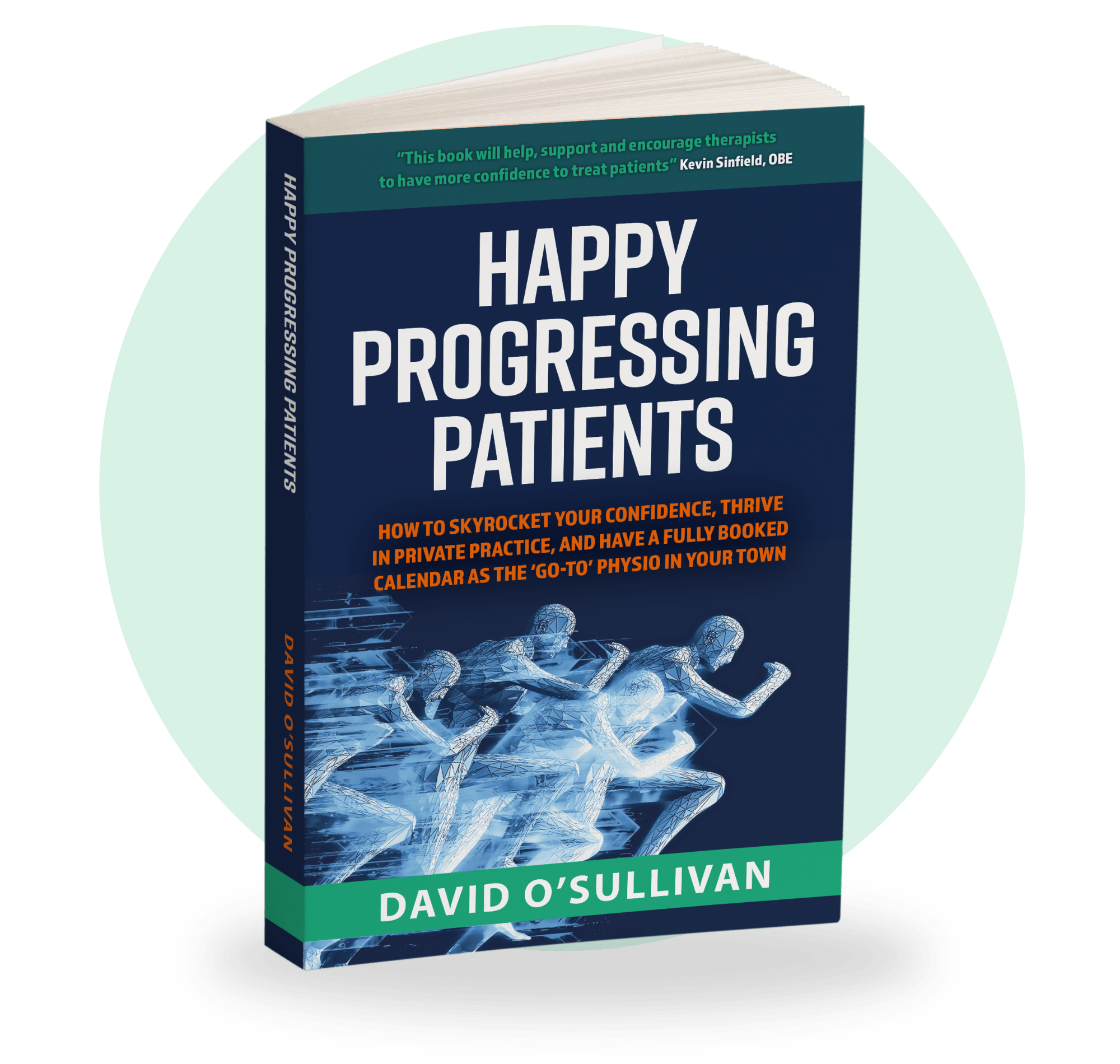

I’ve got a little secret for you…
Most therapists have blinker vision on the pathology only.
Focusing on pathology focuses the therapist’s minds on things that really a lot of the time are out of our control…
Our attention is always on something that is useful or useless.
What caused this pathology in the first place
Is there any clues in the person’s story
….or what is the solution the patient needs to ensure it doesn’t happen again
or get everything else doing its job in the real world for the person… so you minimise the reactions on the pathology.
Breaking free from focusing on pathology to actually where you need to get your patient back to… empowers both you and the patient.
Pathology isn’t that important.
Of course, red flags need to be ruled out…
ACLs, MCLs need to be spotted…
but for most private practice cases…
Pathology limits our ability to focus on meaningful solutions for our patients.
After working for 12+ years in both codes of professional rugby…
I’ve seen my fair share of pathology present…
where athletes were performing to the highest levels without pain.
That’s where I learned quickly that it’s not really about pathology in most cases…
but rather motor adaptations/movement habits we develop… that may put excessive pressure on certain parts of the body.
The brain and mind are wonderful things…
They allow us to be successful and get things done.
But how we get things done isn’t always the most energy-efficient way… and often short term solution-focused.

One example is the inability to co-contract the knee joint…
We see an inability to have the soleus and hamstring to delay knee extension (potential previous injury)…
The knee extends quickly due to the soleus and hamstrings perhaps not delaying knee extension…
increased work is done by the quads and knee joint…
The hip joint is pretty much passive and the glutes don’t do too much active work.
The knee joint is now sore and are the glutes really weak?
Why does the person have a pain experience present at the knee joint and why aren’t the glutes doing more?
An analogy I like to use is the Soleus is the wife, Hamstrings are the kids and the Glute is the husband…
The husband will never be happy if the wife and kids aren’t happy…
Don’t waste time with glute work unless your soleus and hamstrings are doing their job…
Intent through the midfoot is critical to help all the muscles do their fair share.
We need to show the brain it’s safe for these strategies to be resumed from my experience.
Pathology doesn’t mean $%&$ usually or at least…
isn’t that relevant until we’ve done our best to minimise the motor adaptations…
You can do all the VMO work and glute work but if the soleus and hamstrings aren’t helping…
And the knee keeps snapping back…
Or your sinking every time your foot hits the floor, is that patella tendon going to be happy?
You can do all the eccentrics at the tendon…
Heck, you can even get another intervention such an injection…
But have we addressed the WHY it is grumpy?
Get everything else doing its job…
The painful area settles and the problem doesn’t come back from my experience.
Of course, getting the nervous system to do this is where the art of our profession comes in and there is no one size fits all…
But focusing 80% of my time on the WHY and 20% of my time on the WHAT is grump has helped me help a lot of patients who have…
done all the strength work…
done all the eccentrics…
done all the hands-on treatment…
done all the injections…
and still had problems.
Get clear on the outcome for the patient, specific to their environments.
How can you help that person use all the muscles and show their brain it’s safe in the process?
What positions do they need to thrive?
What planes of motions do they need to be successful in?
What speeds of movement do they need to tolerate?
What’s the end goal look like?
IMPORTANT: This is the outcome you want as a therapist…
but you need to then figure out where this needs to happen for the patient on a daily basis… (usually found in the aggravating and easing factors of the subjective assessment).
You break free of just focusing on pathology and your mind can then focus on the person in front of you…
Then the dots start to connect…
More meaningful rehab programs…
More motivated patients…
More buy-in…
More predictable, lasting results…
Just think about that… imagine it and let it sink in.
Get clear on your patient outcomes and don’t carry on going through the motions….
Be honest with yourself and with your patients
If you’re ready for this, let’s chat and get it implemented so you can start seeing results.
(If you qualify) I’ll show you how the whole system works.
From getting really clear on the patient outcomes, Keeping them adhered ethically…and then building a consistently busy clinic with a secure income every month.
We’re doing this RIGHT NOW!
And teaching it to 100’s of therapists in all different working environments…
Physiotherapist…
Physical therapists…
Sports therapists…
Chiropractors..
Podiatrists…
Personal trainers… you name it!
Go here and let’s make this work for you too.
Either way, I know you will get value out of this.
To your success!
Dave
Get Your FREE Copy Of The Amazon #1 Bestseller That Holds The Secret To Confidently Treating Any Patient!
Download a Free ‘ebook’ copy of the 8-Step ‘World Cup’ Treatment Plan that helped my private patients achieve full recovery and made me a ‘go-to’ physio for complex cases…
